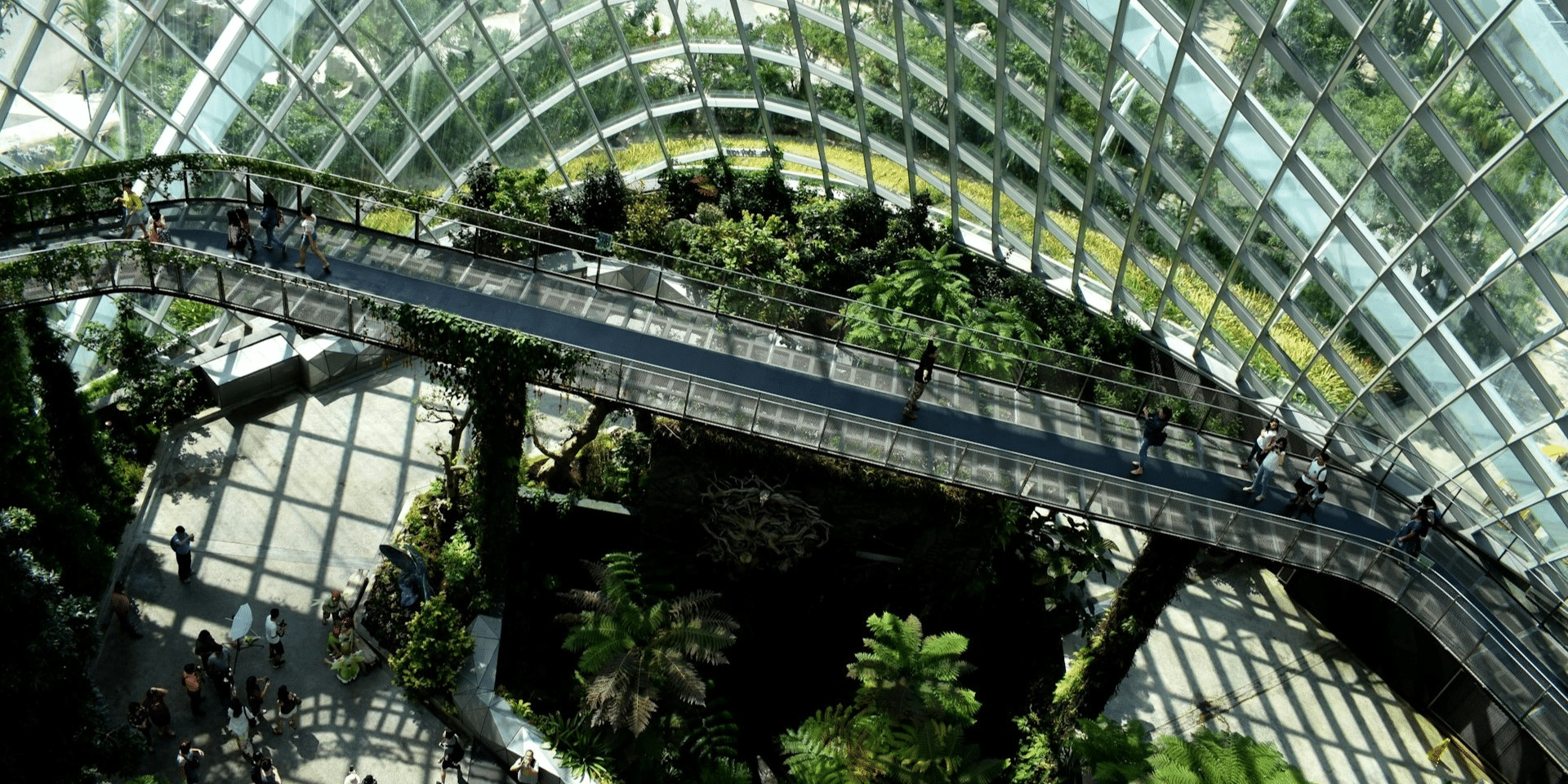Picture this: sunlight streams through floor-to-ceiling windows, illuminating a vibrant office space dotted with beanbag chairs and ping pong tables. Laughter mingles with the gentle whir of a foosball match in progress. This, according to some, is the epitome of a relaxed office environment – a breeding ground for creativity and employee well-being. But is this sunshine-and-games approach truly the key to unlocking peak productivity? Let’s delve into the world of office environments and explore the ideal balance between relaxation and focus.
The Zen Zone: Unwinding for Enhanced Performance
There’s a growing body of research that suggests a relaxed office environment can have a positive impact on employee morale and productivity. “Office Design and Productivity” by Forbes highlights a study by Gensler, a global design firm, which found that employees in well-designed, comfortable office environments reported feeling 21% more productive and 32% more focused.
Imagine an office environment that feels more like an extension of your living room – think comfortable furniture, designated relaxation areas, and even access to healthy snacks. This relaxed atmosphere fosters a sense of well-being, reducing stress and promoting creativity. Employees feel comfortable taking short breaks to recharge, returning to their tasks with renewed focus. Additionally, a relaxed office environment can encourage collaboration and communication. Open floor plans and designated common areas like breakout rooms can spark impromptu brainstorming sessions and informal knowledge sharing.
Finding Your Flow: Tailoring Relaxation to Your Team
However, the one-size-fits-all approach doesn’t work here. A relaxed office environment that works wonders for a team of graphic designers might be a recipe for disaster for a team of accountants crunching numbers on a tight deadline. The key lies in understanding your team’s needs and tailoring the office environment accordingly.
For instance, consider offering flexible work arrangements like remote work options or designated quiet zones within the office environment for those who require focused work time. Additionally, creating designated collaboration spaces separate from the main work area allows teams to brainstorm freely without disrupting colleagues working on individual tasks.
The ideal office environment strikes a balance between relaxation and focus. Imagine an office with designated areas for quiet work, complete with noise-cancelling headphones, alongside a brightly lit common area with comfortable seating and board games. This allows employees to choose the environment that best suits their needs at any given moment, promoting both individual productivity and team collaboration.
Beyond Beanbags: Fostering a Relaxed Office Environment that Works
While beanbag chairs and ping pong tables might seem like the hallmarks of a relaxed office environment, true relaxation goes beyond superficial perks. It’s about fostering a company culture that prioritizes employee well-being and creates a space where people feel comfortable, supported, and empowered to do their best work.
Building Trust and Psychological Safety
A relaxed office environment thrives on a foundation of trust and psychological safety. “The Fearless Organization: Creating Psychological Safety in the Workplace for Learning, Innovation, and Growth” by Amy Edmondson highlights the importance of psychological safety, where employees feel safe to take risks, share ideas, and admit mistakes without fear of punishment.
Imagine an office environment where open communication is encouraged, and employees feel comfortable approaching their manager with questions or concerns. This fosters a sense of trust and belonging, reducing stress and allowing employees to focus on their work without the burden of self-censorship.
Empowerment Through Flexibility
Flexibility is another key ingredient in a relaxed office environment. This doesn’t just mean offering remote work options (although that’s certainly a plus!). It’s about empowering employees to manage their time effectively and prioritize their well-being.
Consider offering flexible start and end times to accommodate personal schedules. Additionally, offering options for compressed workweeks or paid time off for mental health can go a long way in reducing employee stress and burnout. By trusting employees to manage their workloads and prioritize their well-being, businesses create a relaxed office environment that fosters loyalty and long-term commitment.
The Power of Recognition and Appreciation
Finally, a relaxed office environment is one where employees feel valued and appreciated. Regularly acknowledging employee contributions, both big and small, goes a long way in boosting morale and creating a positive work atmosphere.
This recognition can be as simple as a public shout-out during a team meeting or a handwritten thank you note from a manager. Celebrating employee achievements fosters a sense of purpose and accomplishment, making the work environment feel less like a chore and more like a collaborative effort towards a shared goal.
The Takeaway: Relaxation is a Journey, Not a Destination
Creating a relaxed office environment isn’t about installing a foosball table and calling it a day. It’s a continuous process of understanding your employees’ needs, fostering a culture of trust and well-being, and empowering them to do their best work. By striking the right balance between relaxation and focus, businesses can create an office environment that not only attracts top talent but also fuels innovation, productivity, and long-term success.






